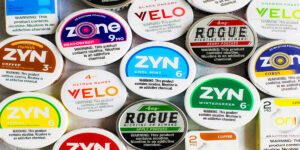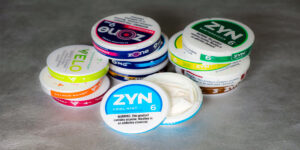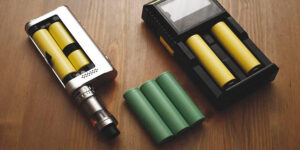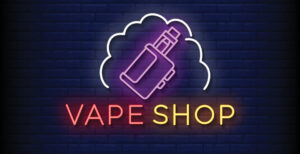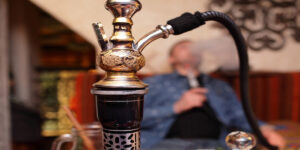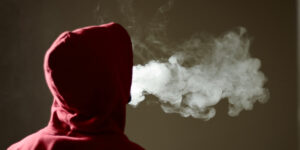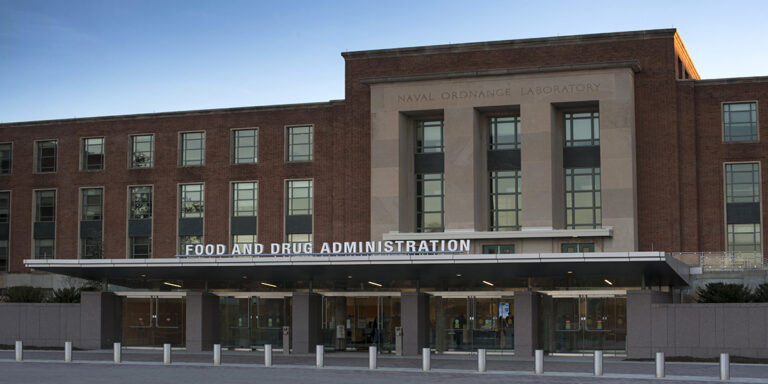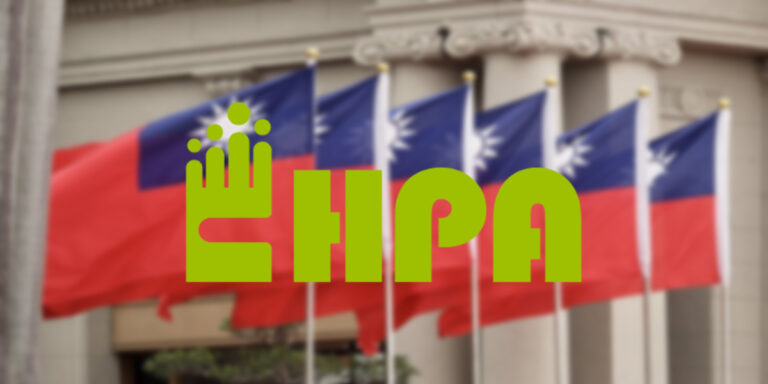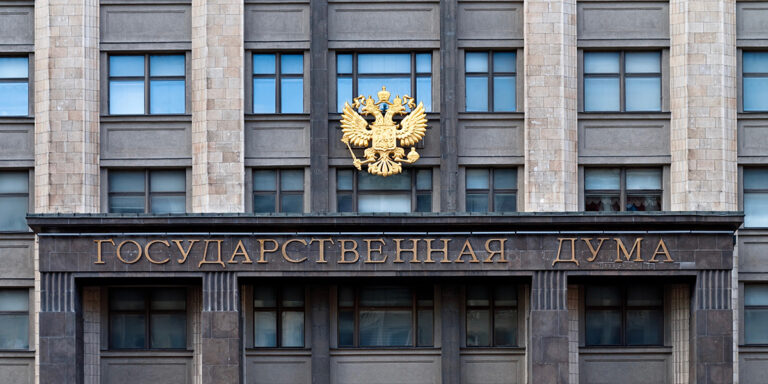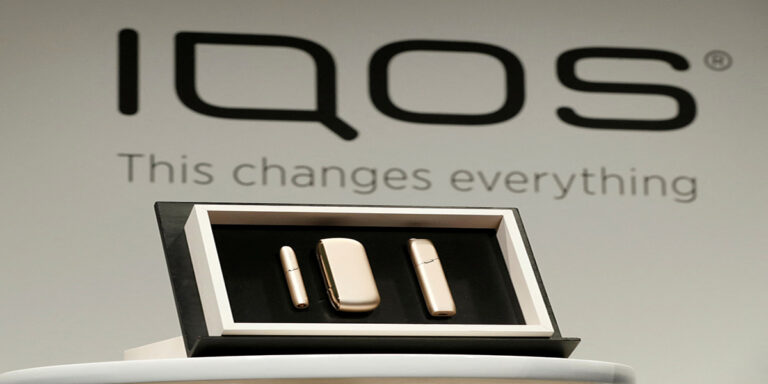British American Tobacco’s (BAT) introduction of a synthetic nicotine product in South Korea has led to widespread controversy. This new product has exposed significant gaps in the nation’s regulatory framework regarding synthetic nicotine, drawing criticism from both media and public sectors.
Regulatory Challenges of Synthetic Nicotine
BAT’s synthetic nicotine, which is chemically synthesized rather than derived from tobacco, has not been explicitly covered under current South Korean tobacco regulations. This oversight has allowed BAT to exploit a loophole, raising concerns about the adequacy of existing laws to manage such products effectively.
Media and Public Backlash
The launch has been met with intense media scrutiny and public criticism, accusing BAT of bypassing stringent tobacco regulations by exploiting the lack of specific laws for synthetic nicotine. This has increased pressure on the government to quickly close these regulatory gaps to prevent potential health risks.
BAT’s Defense Amidst Growing Scrutiny
In response to the backlash, BAT has stated that its synthetic nicotine products comply with all current regulations and are intended as safer alternatives to traditional tobacco products. However, the absence of stringent synthetic nicotine regulations is widely criticized for potentially endangering the youth.
Urgent Government Response Required
The South Korean government is now under significant pressure to amend its legislation to address the challenges posed by synthetic nicotine products. Health experts, tobacco control advocates, and the concerned public are urging for swift action to ensure that robust regulations are put in place.
Synthetic Nicotine’s Impact on Tobacco Regulation
The introduction of synthetic nicotine by BAT has catalyzed a broader discussion on the need for comprehensive tobacco control policies in South Korea. It highlights the necessity for stringent legislation that can safeguard public health from the risks associated with new tobacco-related products, ensuring that all forms of nicotine are adequately regulated.

